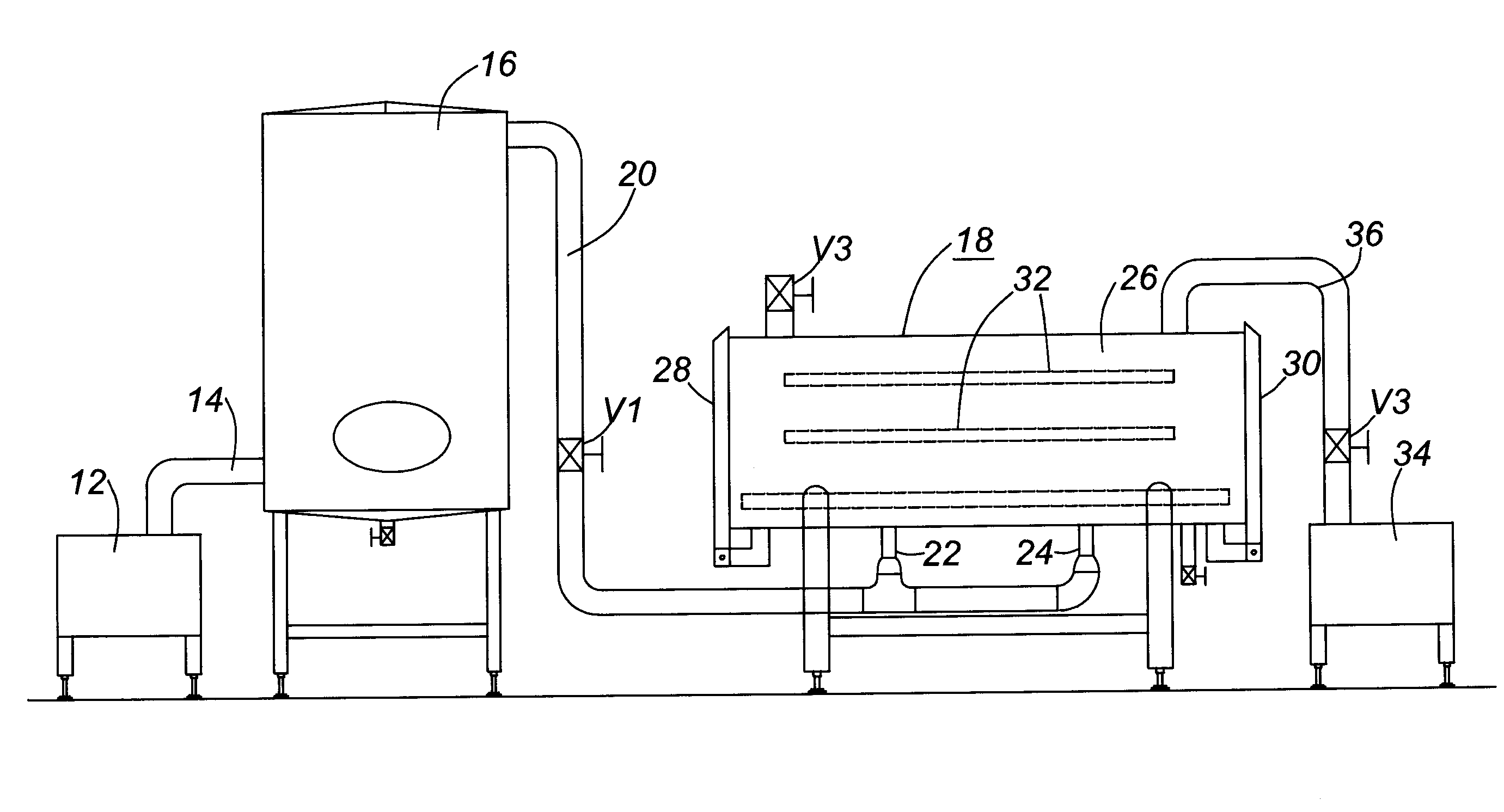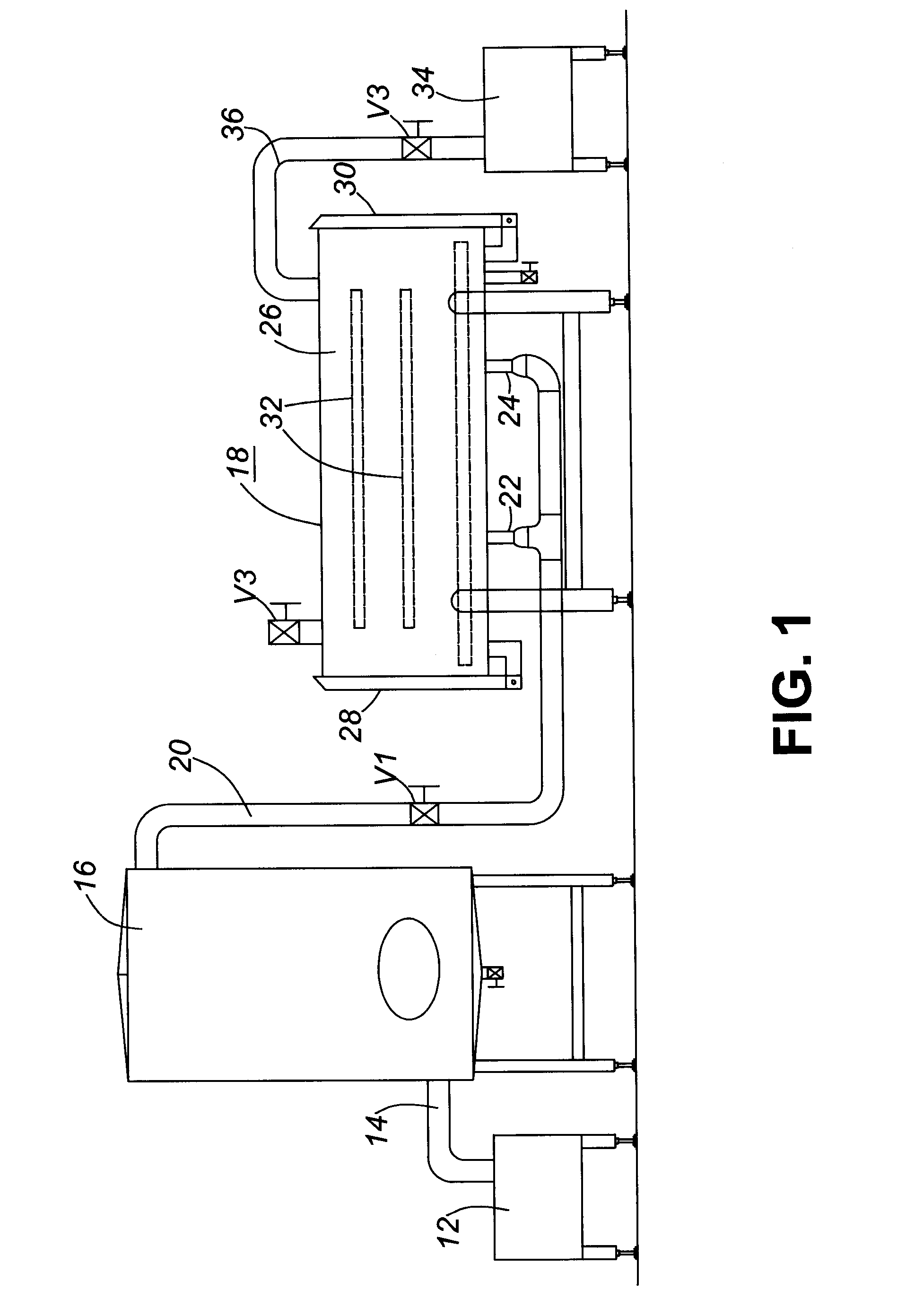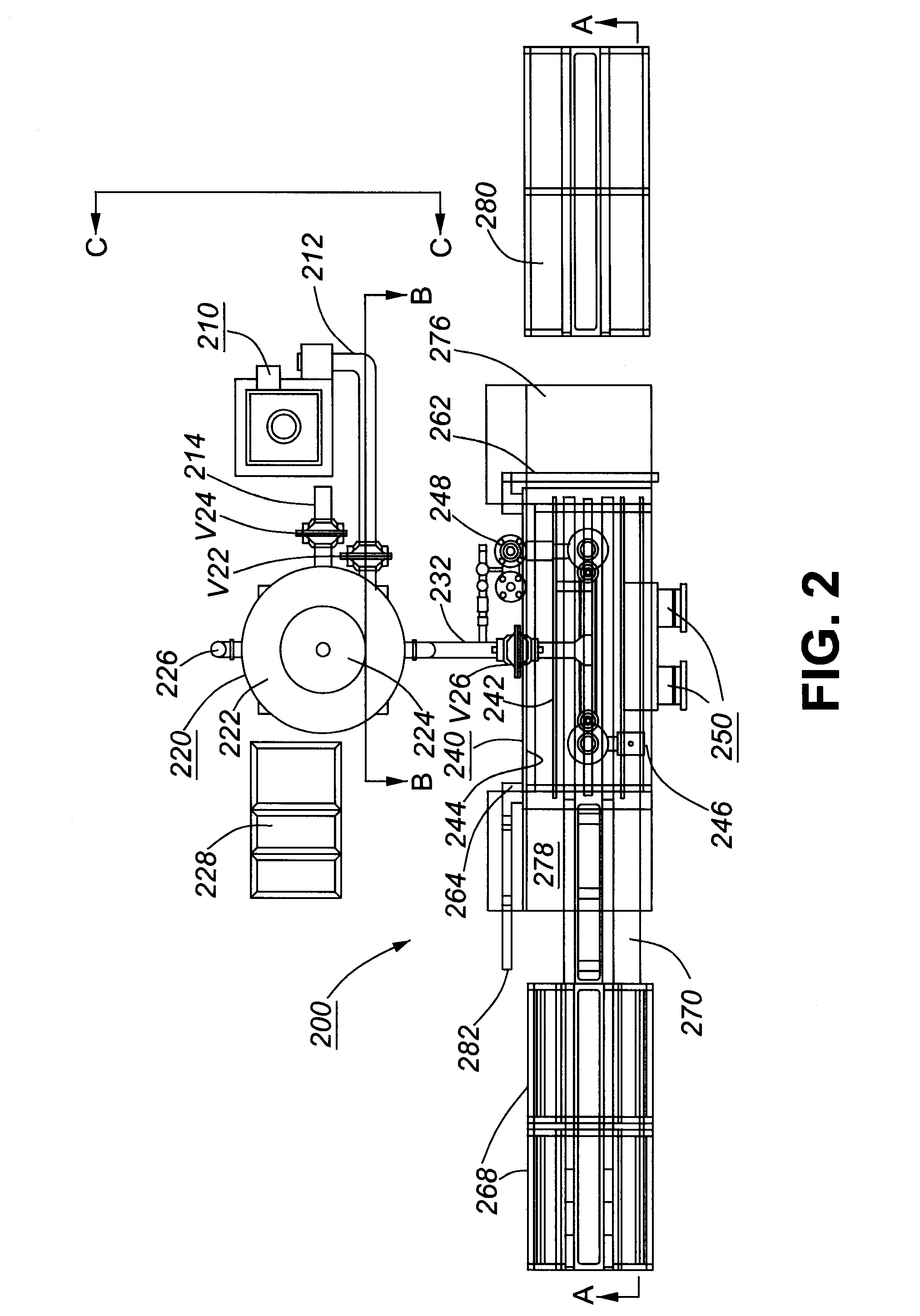Method and apparatus for smoke-infusing proteinaceous foods and smoked-infused such proteinaceous food product so-obtained
a proteinaceous food and infused technology, applied in the field of smokeinfusing proteinaceous foods, can solve the problems of reducing reducing the overall smoking time of cheese, and reducing the smoking time of proteinaceous foods, so as to improve the robustness of myotomal tissue, prolong the shelf life of substantially all crustaceans, and eliminate the exposure of fish.
- Summary
- Abstract
- Description
- Claims
- Application Information
AI Technical Summary
Benefits of technology
Problems solved by technology
Method used
Image
Examples
example 1
[0125]Cheeses may be smoke-infused according to one embodiment of the method of the present invention. The smoke-infusing method on cheddar cheese according to an embodiment of this invention, was carried out as described below.
[0126]Pieces of the cheddar cheese as to be smoke-infused were placed in desired proportions on trays within the interior of the vacuum vessel as previously defined in FIG. 2, FIG. 3, FIG. 4 and FIG. 5. The vacuum vessel was then sealed. The vacuum pump as previously defined was operated as previously defined to create a negative pressure within the vacuum-treating vessel of the order of about 26 inches of Hg to 29 inches of Hg (from about 670 mm of Hg to about 735 mm Hg), i.e., at or nearly at full vacuum. Smoke having an increased smoke content which had been provided by the above-described recycling, and which was initially had a smoke / air mixture moisture content of about 10% to about 50%, by weight was then admitted into the vacuum-treating vessel until ...
example 2
[0136]The method as described for the production of smoke-infused cheddar cheese is modified for the production of smoke-infused Gouda cheese. The procedure is controlled to be carried out as follows:[0137]Vacuum: about 20 inches of Hg to about 29 inches of Hg (about 515 mm Hg to about 735 mm Hg)[0138]Smoke in: smoke introduction for about 1 to about 10 seconds[0139]Vacuum pulse for about 5 to about 30 seconds[0140]Vacuum release for about 1 to about 10 seconds[0141]Number of cycles: 50 to about 400 cycles[0142]Chilled resting cycle: about 1 to about 6 hours at about 1° C. to about 6° C.
[0143]The smoke-infused Gouda cheese which is prepared according to the above-described method steps of the present invention has no substantial smoky aroma, has improved acceptably-mild smoky taste and has improved preservation qualities.
example 3
[0144]The method as described for the production of smoke-infused cheddar cheese is modified for the production of smoke-infused Colby cheese. The procedure is controlled to be carried out as follows:[0145]Vacuum: about 20 inches of Hg to about 29 inches of Hg (about 515 mm Hg to about 735 mm Hg).[0146]Smoke in: smoke introduction for about 1 to about 10 seconds[0147]Vacuum pulse for about 5 to about 30 seconds[0148]Vacuum release for about 1 to about 10 seconds[0149]Number of cycles: 50 to about 400 cycles[0150]Chilled resting cycle: about 1 to about 6 hours at about 1° C. to about 6° C.
[0151]The smoke-infused Colby cheese which is prepared according to the above-described method steps of the present invention, has no substantial smoky aroma, has improved acceptably-mild smoky taste and has improved preservation qualities.
PUM
 Login to View More
Login to View More Abstract
Description
Claims
Application Information
 Login to View More
Login to View More - R&D
- Intellectual Property
- Life Sciences
- Materials
- Tech Scout
- Unparalleled Data Quality
- Higher Quality Content
- 60% Fewer Hallucinations
Browse by: Latest US Patents, China's latest patents, Technical Efficacy Thesaurus, Application Domain, Technology Topic, Popular Technical Reports.
© 2025 PatSnap. All rights reserved.Legal|Privacy policy|Modern Slavery Act Transparency Statement|Sitemap|About US| Contact US: help@patsnap.com



